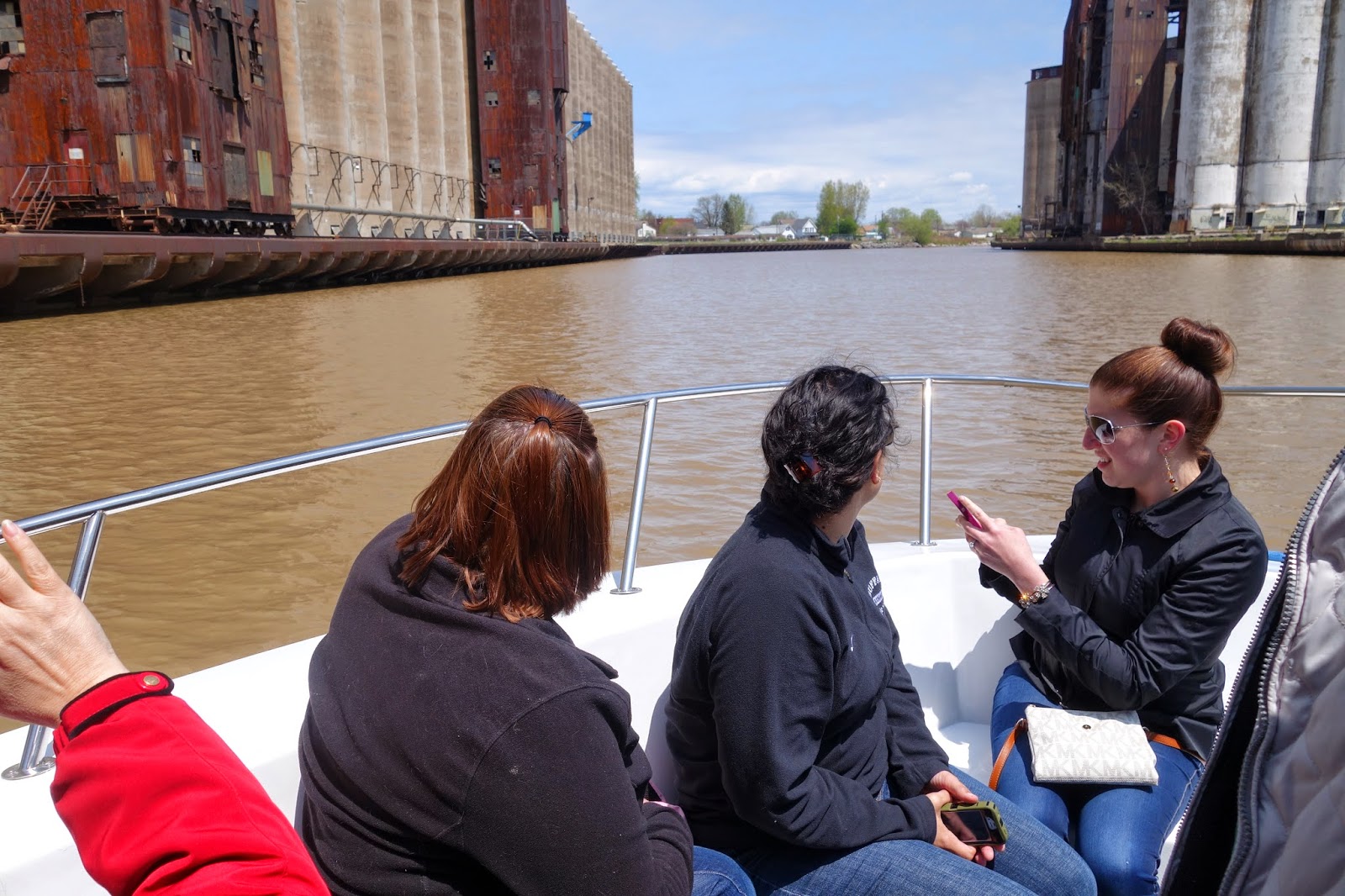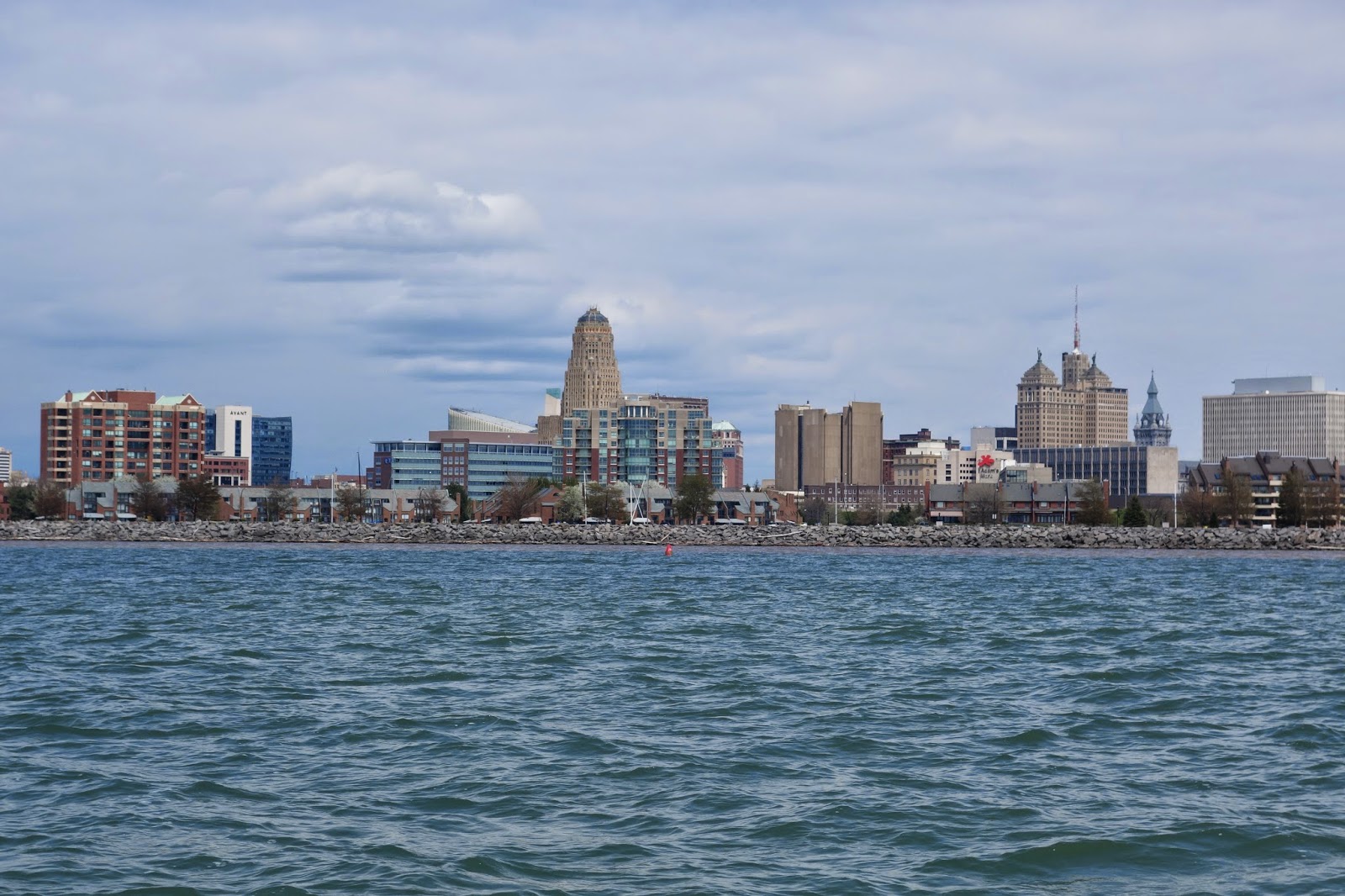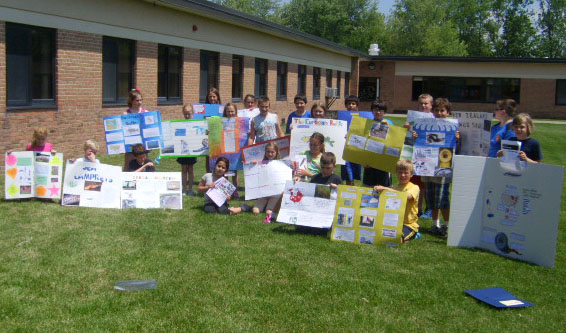Our education team is at it again! Allison Neubauer wrote in with this exciting announcement:
 Teachers across the Great Lakes region—have we got a treat for you! You can now explore creative projects from all-star educators to spark new ideas and read important tips for getting your students involved in the effort to “nab” local aquatic invaders.
Teachers across the Great Lakes region—have we got a treat for you! You can now explore creative projects from all-star educators to spark new ideas and read important tips for getting your students involved in the effort to “nab” local aquatic invaders.
The IISG education team has been working hard to compile model projects that successfully tie together AIS education and community stewardship. Our revamped Nab the Aquatic Invader! website will help you up your game—and the new-and-improved Top Desk Administrator is your one-stop-shop for project ideas.
Community stewardship projects like the ones highlighted here are an exceptional tool for pushing students beyond rote memorization and providing them with an opportunity to apply their knowledge in ways that have positive impacts on their communities.
Preview outstanding examples of student work, ranging from fun informational activity books to catchy musical compilations. When you’re done perusing, read the summary reports written by the teachers responsible for these successful activities for information on how to plan and implement similar projects in your own classroom.
The Nab the Aquatic Invader! website is the place for the latest and greatest invasive species project models, information, and activities.
 The Great Lakes Legacy Act remediation project on the Buffalo River resumed June 16, and will remove 500,000 cubic yards of contaminated sediment from the river, then replace native aquatic plants to help restore the local ecosystem.
The Great Lakes Legacy Act remediation project on the Buffalo River resumed June 16, and will remove 500,000 cubic yards of contaminated sediment from the river, then replace native aquatic plants to help restore the local ecosystem.
18 teachers from grades 4-11 attended the workshop to learn more about the restoration project and the curriculum, and were treated to hands-on activities and a tour of the river area to help bring the project and its impacts into their classes.
 “It’s great to see so many educators come out to this kind of workshop,” Caitie said. “Many teachers want to incorporate place-based learning in their science curriculum, but may lack resources to do so. Now instead of using distant examples like rainforests to teach science, they can use their neighborhood rivers and lakes. These are places that students can visit and experience the science in person. They develop a love for these places and want to protect them.”
“It’s great to see so many educators come out to this kind of workshop,” Caitie said. “Many teachers want to incorporate place-based learning in their science curriculum, but may lack resources to do so. Now instead of using distant examples like rainforests to teach science, they can use their neighborhood rivers and lakes. These are places that students can visit and experience the science in person. They develop a love for these places and want to protect them.”
 Teachers across the Great Lakes region—have we got a treat for you! You can now explore creative projects from all-star educators to spark new ideas and read important tips for getting your students involved in the effort to “nab” local aquatic invaders.
Teachers across the Great Lakes region—have we got a treat for you! You can now explore creative projects from all-star educators to spark new ideas and read important tips for getting your students involved in the effort to “nab” local aquatic invaders.


